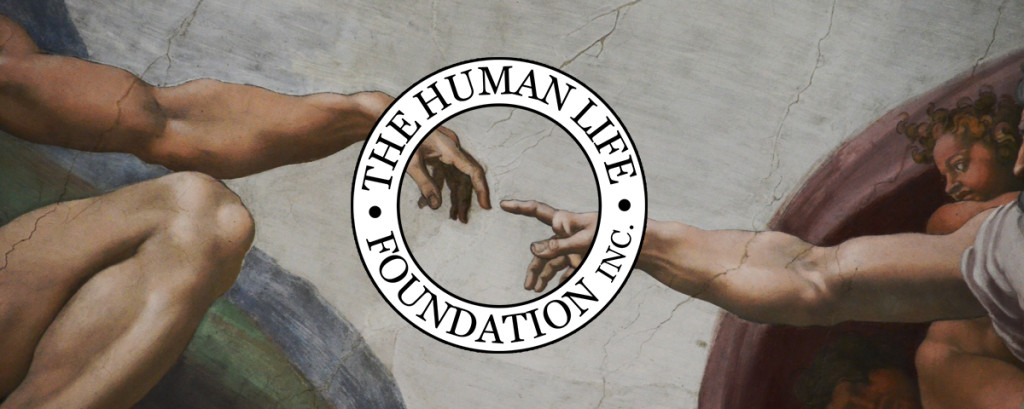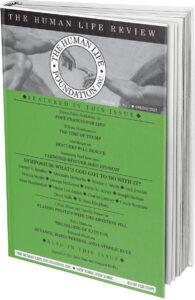Advent: No Time for Comfort Zones
Comfort, give comfort to my people, says your God. (Isaiah 40:1)
The word “comfort” has considerably weakened in the centuries since it was chosen to translate this passage from the Prophet Isaiah. In its original force, “comfort” comes from the Latin confortare, which means “to greatly strengthen.” But for us today, to “comfort” is more likely to convey the sense of “soothe” or “tranquilize,” as in “comfort food” or “comfort zone.” God commissioned his prophets to strengthen his people, not to soothe or tranquilize them: They brought Israel the good news that the bitter penance of their exile was coming to an end; their hope for the restoration of the temple was to be strengthened by the prophets’ words, Comfort, give comfort to my people, says your God.
Likewise, in the centuries since it was written down, the gospel story of the prophet John the Baptist has been taken to be about a menacing or terrifying figure, scaring the people into repentance by his dire warnings of God’s wrath—whereas in truth, John appears to comfort them, to strengthen their hope in their God coming to them. To “repent” simply means to “turn,” to reorient oneself in hopeful expectation. The people went out to the Jordan River to be baptized as a sign of preparation for the Holy Spirit that the Lord was coming to pour out upon them.
Advent is, like Lent, a season for repentance. The shade of purple that we use in both seasons is a penitential sign. But the penance of Advent is different from the penance of Lent. In Lent, the emphasis is upon that from which we turn away—our sins; in Advent, the emphasis is more upon the One to whom we turn—the Lord who comes to save us.
To put the same thing slightly differently, we will think in Lent about our coming to the Lord, whereas now, we think of our Lord coming to us. Of course, this is only a relative distinction, because both of these seasons are penitential; they have to do with our sins as obstacles between ourselves and our God.
There are several ways to think about our sins. We may think of them as disobedience to God’s commands, or falling short of God’s (or our own) expectations. We may think about our sins as failures to love; as self-indulgence or self-centeredness. In whatever way we think about them, though, our sins are a dreary subject; and our feeble effort to overcome them may be an even drearier subject—which makes Lent such a dreary season for many of us.
Advent, though, offers us a different, more encouraging perspective, for, in the perspective of our God coming to us—coming to our dreary world so graciously; wanting to share our dreary lives and to give us the strength to live them hopefully and even joyfully—in that perspective, our sins still seem to be an obstacle to us, but they evidently are no obstacle to God.
When John the Baptist appeared to the people of Judaea, he caused a great stir of excitement. No prophet had been seen in Israel for several generations. But here at last was a prophet proclaiming the fulfillment of God’s promises to Israel. The people came out in great numbers to hear him, eagerly going to the Jordan River to be bathed, washed, cleansed, renewed in preparation for their meeting with their savior.
When Jesus came along as one of them, among them, John pointed to him, saying, Behold the Lamb of God, who takes away the sins of the world (John 1:29)—who comes to free us from the dreary burden of our sins; for whom our sins are no obstacle, but are instead his opportunity to show God’s love for his world.
Can you think about your sins that way? As God’s opportunity to show his love for you? Our sins are the reason why God came down among us, to be born, to live and die as one of us. So we may use our sins to come to God, as opportunities for us to turn to God for mercy, claiming the Lord’s promise to baptize us with the Holy Spirit. We may use the things that feel to us like obstacles—our acts of disobedience and falling short, our failure to love, our self-indulgence and self-centeredness—we may use these very things to come to God, who comes to us to relieve us of their burden.
That is what we do when we make a good confession and come to Communion; when we pray like the publican whom Jesus praised—Lord, have mercy upon me, a sinner; or when we ask our Lady of the Rosary to pray for us sinners now, and in the hour of our death. These are hopeful, even joyful, ways of coming to our God, who comes so graciously to us. That is the perspective of this holy season; that is “Advent penance.” Comfort, give comfort to my people, says your God.









